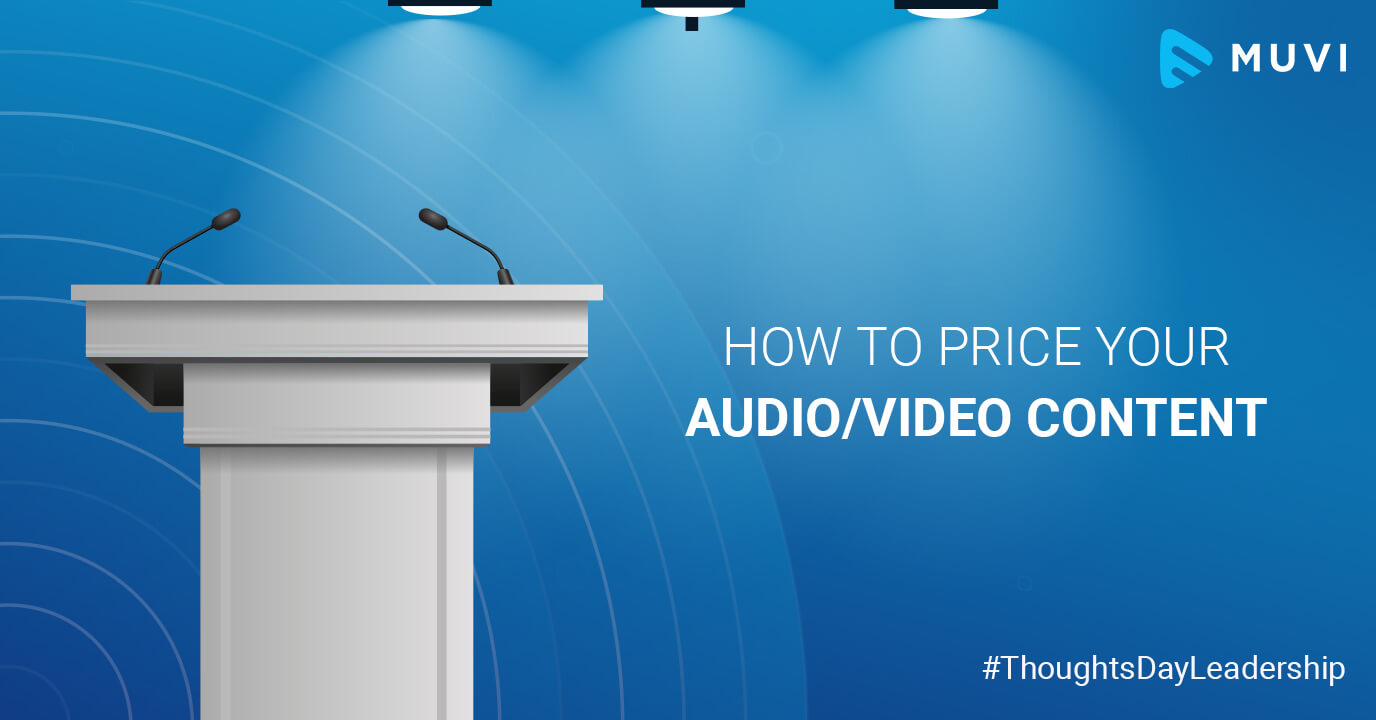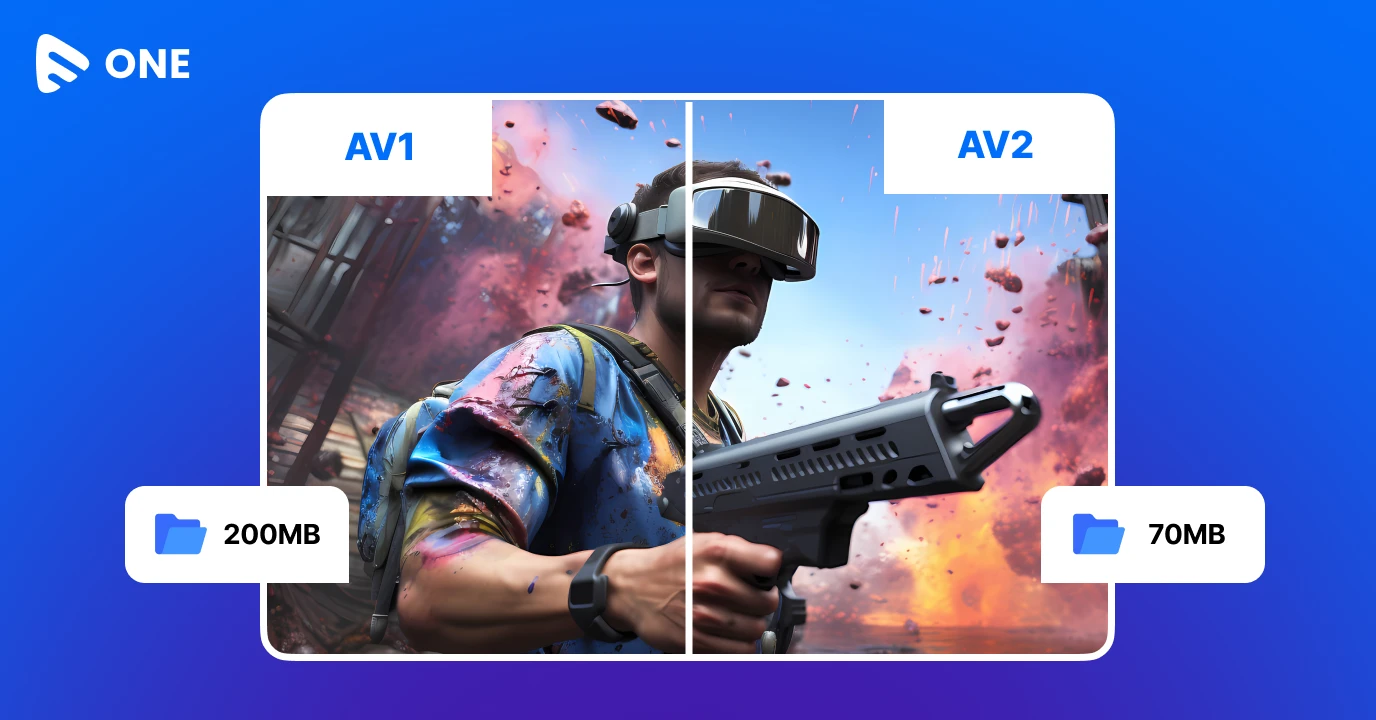WELCOME TO THOUGHTSDAY LEADERSHIP
Welcome aboard to Muvi’s Thoughtsday Leadership knowledge session! Just to let you know, Thoughtsday Leadership is a monthly affair taking place on the last Thursday of every month where we share enlightening blogs coming straight from thought leaders and experts in the streaming industry.
Why is a Content Monetization Strategy Necessary?
A flawed monetization model is one of the primary reasons you don’t have enough subscribers on your channel despite spending a hefty amount on the platform, promotion, content and what not!
In today’s streaming landscape, as a content owner, you must know how to price your audio/video content to acquire and retain subscribers. In this blog, I, Anshuman Das, CEO of Muvi, will provide you with data-driven insights on how to optimize the pricing plan of your audio/video content to maximize ROI.
Key Differences between Pricing a Digital Content and Physical Content:
Pricing a digital content is different and more difficult than pricing a physical content. Here are the differences between the two-
- Unit cost is more difficult to calculate in media space – While calculating the worth of a digital audio/video file, the process of calculating the unit cost of a particular digital file is subject to a lot of external factors in comparison to calculating the unit cost of a physical product which is relatively simple.
- Usually, there is no scope of luxury content in the digital space – The range between low end and high end content is relatively small. For example, usually a person will not pay $1000 to watch a latest movie while the same person may buy a Versace gown for the same price.
- Subscription is more popular in the media – I personally favor this preference as in the audio/video streaming space, content is more similar and people prefer to watch or listen to an entire range or genre of content rather than exclusively watching a dedicated premiere content. So, SVoD is more popular as it is much easier to pay monthly and consume as much content as one wants rather than paying an extravagant amount for watching selected content.
Expert Tips: Which Pricing Strategy Should you Use for Monetizing your Content?
- Subscription or SVoD – Subscription is by far the most popular and favored monetization strategy used by streaming platforms. So, if the of volume of your content is high and refreshed at a regular interval, it is best to opt for a subscription service as users will be happy to pay a fixed amount each month for freshly brewed content.
- AVoD – AVoD or ad-supported content strategy works best for those who have just started churning content and want to reach out to a larger audience base without spending too much on upfront investment.
- Pay per View– Its better to have a PPV/TVoD pricing plan if the volume of your content is low. I would advise PPV strategy for niche content owners since there is much less competition and end-users will agree to pay more for exclusive content unavailable on any other platform.
Keep more Content Pricing Options/Plans and include Add-Ons
Years of experience has taught me that it is always a good habit to divide your pricing plans based on your viewers’ streaming requirements and budget capabilities. Also incorporating add-ons on top of your base pricing plans work well in the OTT space. Eg, you can let your viewers stream SD content at $5 per month while letting them stream HD content for $7 per month. Other add-on options include limiting number of streams per viewer, offline viewing, etc.
The key finding from my observation? Overall, it’s important to understand what kind of content your customers want to consume so that you can set up an appropriate pricing strategy to maintain a profitable business model.
Don’t forget to share your thoughts in the comment section below. You can also tag @Muvi with #ThoughtsdayLeadership on Twitter and share your thoughts.
See you in our next Thoughtsday Leadership segment. Till then Happy Streaming with Muvi!













Add your comment